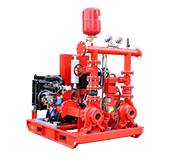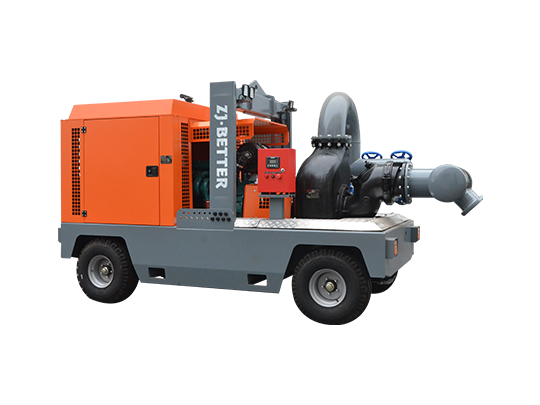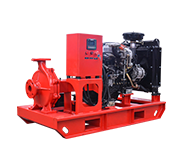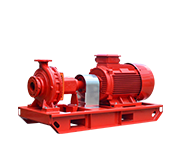-
Automatic Start:
-
Pressure Drop Activation: Fire pumps are often equipped with pressure sensors in the fire protection system's piping. When the pressure drops below a certain threshold, indicating that water is being used to suppress a fire, the pressure sensor triggers the fire pump to start automatically. This ensures that a continuous water supply is maintained to fight the fire.
-
Flow Switch Activation: Similar to pressure sensors, flow switches detect the flow of water in the fire protection system. When water flow is detected, the flow switch sends a signal to start the fire pump.
-
Alarm Activation: Some fire alarm systems are interconnected with fire pumps. When a fire alarm is activated, it can send a signal to start the fire pump. This is often used in larger commercial or industrial settings.
-
-
Manual Start:
-
Fire Panel Activation: In many fire protection systems, there is a control panel that allows authorized personnel to manually start the fire pump. This can be done through switches or buttons on the control panel.
-
Remote Activation: Depending on the design, fire pumps can also be started remotely using control devices located in strategic areas.
-
-
Backup Power Activation:
- Emergency Power Source: Fire pumps are crucial during power outages, so they are often equipped with backup power sources, such as diesel generators or battery systems. When the main power supply is lost, the backup power source automatically starts and ensures that the fire pump can operate even during electrical failures.
It's important to note that the specific method of starting a fire pump can vary based on the design of the fire protection system, local codes and regulations, and the preferences of the building owner or operator. Automatic activation is crucial to ensure immediate response in case of a fire, but manual control provides flexibility in certain situations.
Regular maintenance and testing of the fire pump system are essential to ensure that it functions properly when needed. This includes testing the automatic start mechanisms, verifying the operation of pressure and flow sensors, and ensuring the backup power source is functional.






